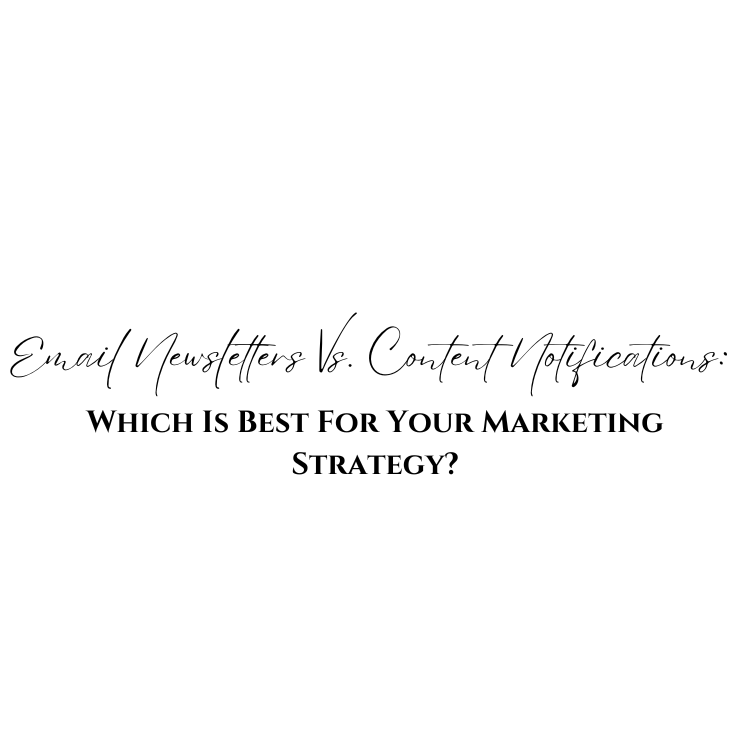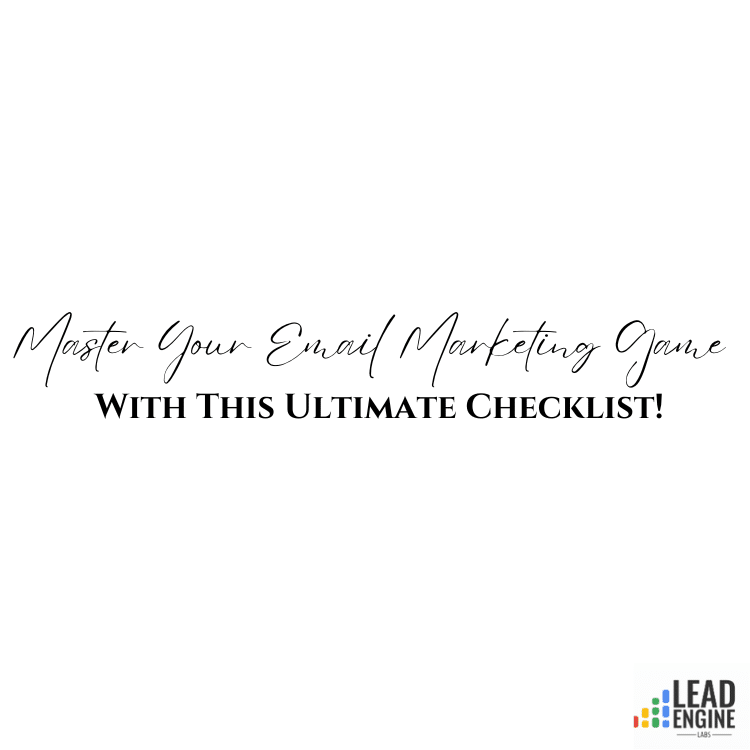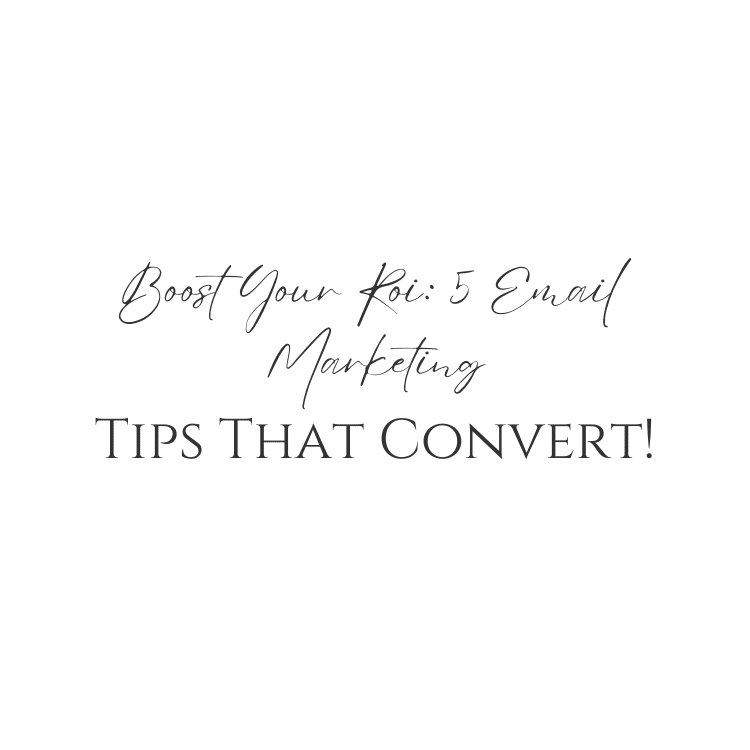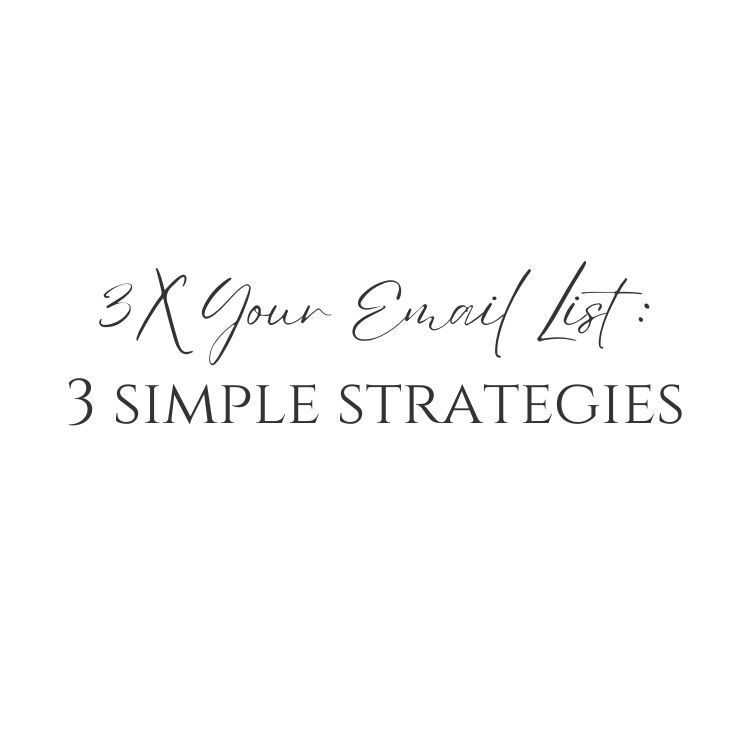
Are you looking for a powerful tool to connect with your audience and build relationships? Look no further than email marketing. But with so many different types of emails to choose from, it can be overwhelming to decide which is best for your marketing strategy.
In this article, we’ll explore the pros and cons of email newsletters and content notifications, and help you determine which one will work best for your business.
Email newsletters are a popular choice for content marketers looking to keep their audience engaged and informed. They offer a regular cadence of updates, promotions, and information that subscribers can look forward to receiving.
But content notifications, which deliver alerts about new blog posts, videos, or other content, can be equally effective at keeping your audience engaged.
Which one is right for you? Let’s dive in and find out.
Key Takeaways
- Email newsletters and content notifications are two popular types of emails for content marketers.
- Benefits of sending email newsletters include being committed to a set publishing schedule, lower unsubscribe rates, and including links to additional content.
- Benefits of sending notification emails include a singular focus on one goal, potentially less stashing in a ‘Read Later’ folder, and being faster to create.
- Consistent, high-value communication with your list is important for building a trusted relationship with prospects and customers.
Email Marketing Overview
Email list building is a crucial aspect of email marketing, and the most efficient way to do this needs to be determined for your business. Once you have built a list, building relationships with your subscribers is equally important. Sending regular emails to your list is the best way to build trust and loyalty, ultimately leading to increased sales and customer retention.
Email newsletters and content notifications are two popular options for content marketers. Email newsletters are typically sent on a regular schedule and include a branded header and a main article. Benefits of sending newsletters include committing to a set publishing schedule, lower unsubscribe rates, and including links to additional content.
On the other hand, content notifications can be sent any time a new piece of content is published and can either be a teaser message with a link or the entire article included. The advantage of notification emails is a singular focus on one goal, potentially less stashing in a ‘Read Later’ folder, and being faster to create.
Both email types can be used in email marketing strategies to build relationships with subscribers.
Email Newsletters Pros and Cons

When considering sending regular emails to your subscribers, there are advantages to using a traditional newsletter, such as committing to a set publishing schedule and including links to additional content, but there are also disadvantages, such as formatting difficulties and readers delaying or not reading the newsletter. To help you weigh the pros and cons of email newsletters, consider the following table:
| Pros | Cons |
|---|---|
| Commitment to set schedule | Formatting difficulties |
| Lower unsubscribe rates | Readers may delay or not read |
| Opportunities to include additional content | Locked into set publishing schedule |
One advantage of email newsletters is that they allow you to commit to a set publishing schedule, which can help build consistency and trust with your audience. Additionally, newsletters often include links to additional content, which can further engage your audience. However, newsletters can be difficult to format and may not always be read by your subscribers. It’s important to weigh the pros and cons of email newsletters before deciding if they are the best fit for your marketing strategy.
Content Notifications Pros and Cons

If you want to captivate your audience and keep them engaged, consider using content notifications. These emails can be sent anytime a new piece of content is published and can either be a ‘teaser’ message with a link or the entire article included.
One of the benefits of sending notification emails is that they have a singular focus on one goal, which is to get the reader to click through and read the content. Additionally, by sending notifications, you can potentially avoid your emails being stashed away in a ‘Read Later’ folder.
However, there are drawbacks to using content notifications. One potential issue is that the email schedule may be more erratic since notifications are sent out as new content is published. Additionally, you may end up sending many emails to your list, which could result in fatigue.
The decision to include a teaser or the whole post in notification emails can also be a test to see what works best for your audience. Overall, content notifications can be a useful tool in your email marketing strategy, but it’s important to weigh the benefits versus the drawbacks and use them in a way that best suits your audience.




